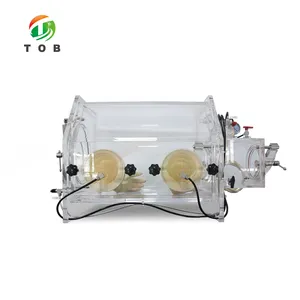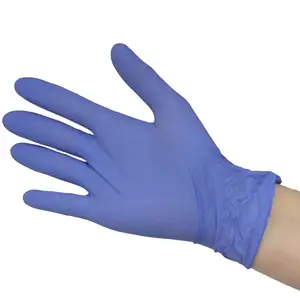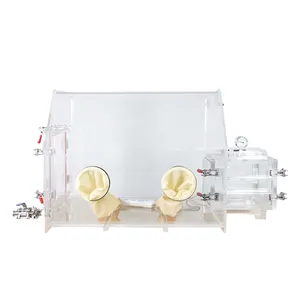Laboratory Glove Box: An Essential Tool for Controlled Environments
A laboratory glove box is a sealed container designed to allow one to manipulate objects where a separate atmosphere is desired. Built into the sides of this lab box with gloves are gloves arranged in such a way that the user can place their hands into the gloves and perform tasks inside the box without breaching the containment.
Types and Applications of Glove Boxes
Different types of glove boxes cater to various research needs. The anaerobic chamber glove box is designed for work with oxygen-sensitive materials, while the glove box for chemistry lab is often equipped with features to handle volatile chemicals safely. The glove box fume hood combines the benefits of a conventional fume hood and a glove box, providing a controlled environment for handling hazardous substances. These glove boxes are indispensable in fields ranging from biological research to material science and engineering.
Features and Materials
The construction of a lab glove box typically involves robust materials that resist corrosion and facilitate easy cleaning. Stainless steel is a common choice for its durability and non-reactive properties. Transparent materials like acrylic or tempered glass are used for the viewing panels. For specific applications, a vinyl anaerobic chamber might be used, especially when working with anaerobic organisms in biological studies.
Advantages of Using a Glove Box in Lab Settings
Utilizing a glove box in lab environments offers several advantages. It provides a controlled atmosphere, which is crucial for experiments that require inert conditions. The containment of hazardous materials protects users from exposure, and the isolation of sensitive materials from the external environment prevents contamination. This controlled environment is essential for replicable scientific research and for the safety of the personnel.
Choosing the Right Laboratory Glove Box
Selecting the appropriate glove box laboratory equipment depends on the specific needs of the experiment or process. Factors to consider include the size of the workspace, the type of gloves compatible with the user's dexterity requirements, and the necessary atmosphere conditions inside the glove box. The omni lab glove box and plas labs anaerobic chamber are examples of specialized glove boxes that cater to specific research requirements.
Conclusion
In conclusion, a laboratory glove box is a critical component in many research and industrial settings. It ensures safety and integrity in experiments and processes that require a controlled environment. With various types available, such as the anaerobic chamber glove box or the glove box fume hood, laboratories can find the right equipment to meet their specific needs without compromising on safety or quality of research.






























 浙公网安备 33010002000092号
浙公网安备 33010002000092号 浙B2-20120091-4
浙B2-20120091-4